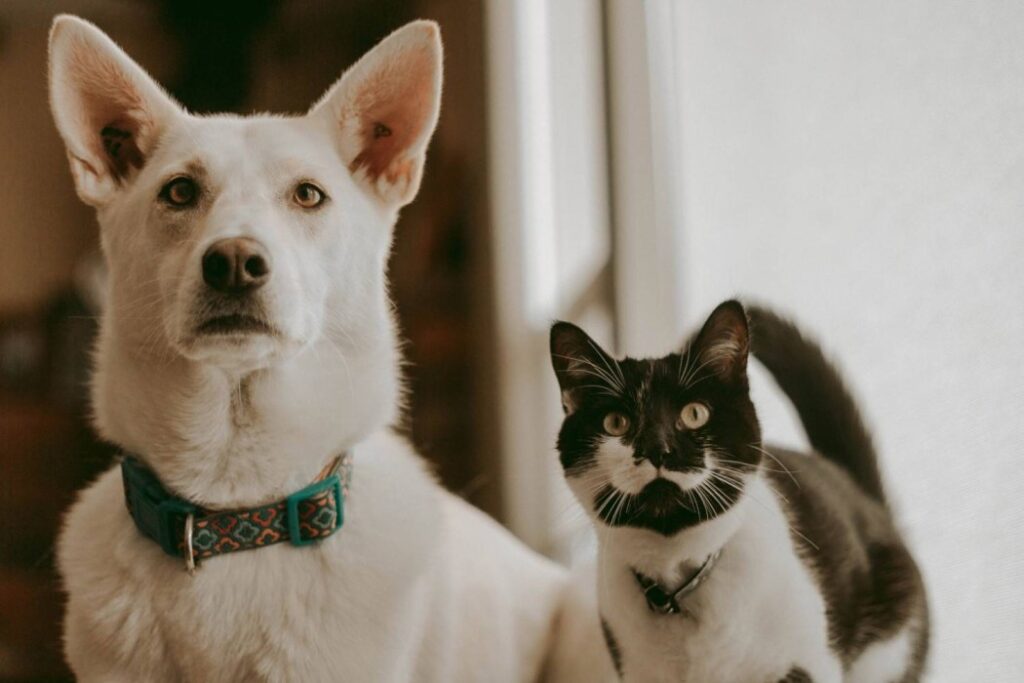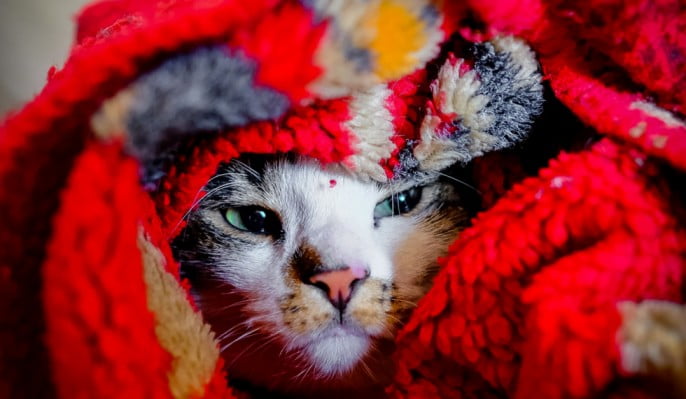Cats are exceptionally dedicated to grooming, devoting a significant percentage of their active hours to this careful self-care routine. Their dedication to grooming goes beyond a desire for a flawless appearance; it is a cornerstone of their total health and happiness. This feline habit extends beyond aesthetics and delves deeply into the essential parts of their well-being. Let’s see what the expert groomers for cats say about this self-grooming:

The Art of Self-Grooming
Cat tongues are remarkable because they include small hook-shaped papillae structures that behave like microscopic combs. These papillae assist in removing dirt, debris, and loose hair while also dispersing natural oils throughout the coat, which provides insulation and waterproofing. This process begins early when kittens learn to groom from their mother. It’s a natural impulse that’s critical to their general wellness.
Cats groom themselves using a variety of tactics, including licking, biting, and scratching certain regions to clean themselves properly. These meticulous grooming habits significantly improve their physiological equilibrium, lower tension, and create a sense of comfort and security.
Why Self-Grooming Habit Matters?
Maintaining Cleanliness: Regular cat grooming their fur regularly keeps it free of dirt, parasites, and other skin irritants, lowering the risk of infections and skin disorders.
Maintaining Body Temperature: Grooming helps control body temperature by spreading natural oils throughout the coat. It also eliminates extra fur, which is especially important during shedding seasons.
Soothing Exercise: Cat grooming is a stress-relieving and self-soothing exercise for our feline friends. It relieves tension and anxiety while providing a sense of warmth and stability.
Bonding and Social Interaction: Allogrooming, or mutual grooming habits, is a type of social bonding among cats. It aids in the formation of social hierarchies within groups and strengthens social relationships.
Health Monitoring: While grooming, cats frequently notice anomalies on their skin, such as lumps, pimples, or parasites, allowing for early diagnosis of potential health issues.
Supporting Your Cat’s Grooming Habits

Nutrition: A professional cat groomer says a well-balanced diet promotes healthy skin and coat, lowering the risk of skin problems and facilitating easier grooming.
Regular Brushing: Brushing your cat’s fur regularly helps remove loose hair, prevents matting, and lowers the chance of hairballs, especially in long-haired varieties.
Dental Care: While not directly connected to grooming, dental cleanliness influences general health. The expert cat groomer says regular tooth cleaning and dental check-ups are essential for a cat’s health.
Stress Management and the Atmosphere: Creating a stress-free atmosphere supports regular grooming practices. Maintaining their grooming regimen is more accessible by providing pleasant environments and eliminating tensions.
When to Seek Help
Grooming changes suggest underlying health concerns. Excessive grooming, lack of grooming, or skin anomalies should trigger a visit to the expert groomers for cats to rule out any health issues, including allergies, infections, or discomfort. A cat’s grooming routine isn’t only for show; it’s also vital for their health and pleasure. It is essential to encourage and promote their natural grooming routines to ensure their well-being and to establish a strong link between pet and owner.

0 Comments